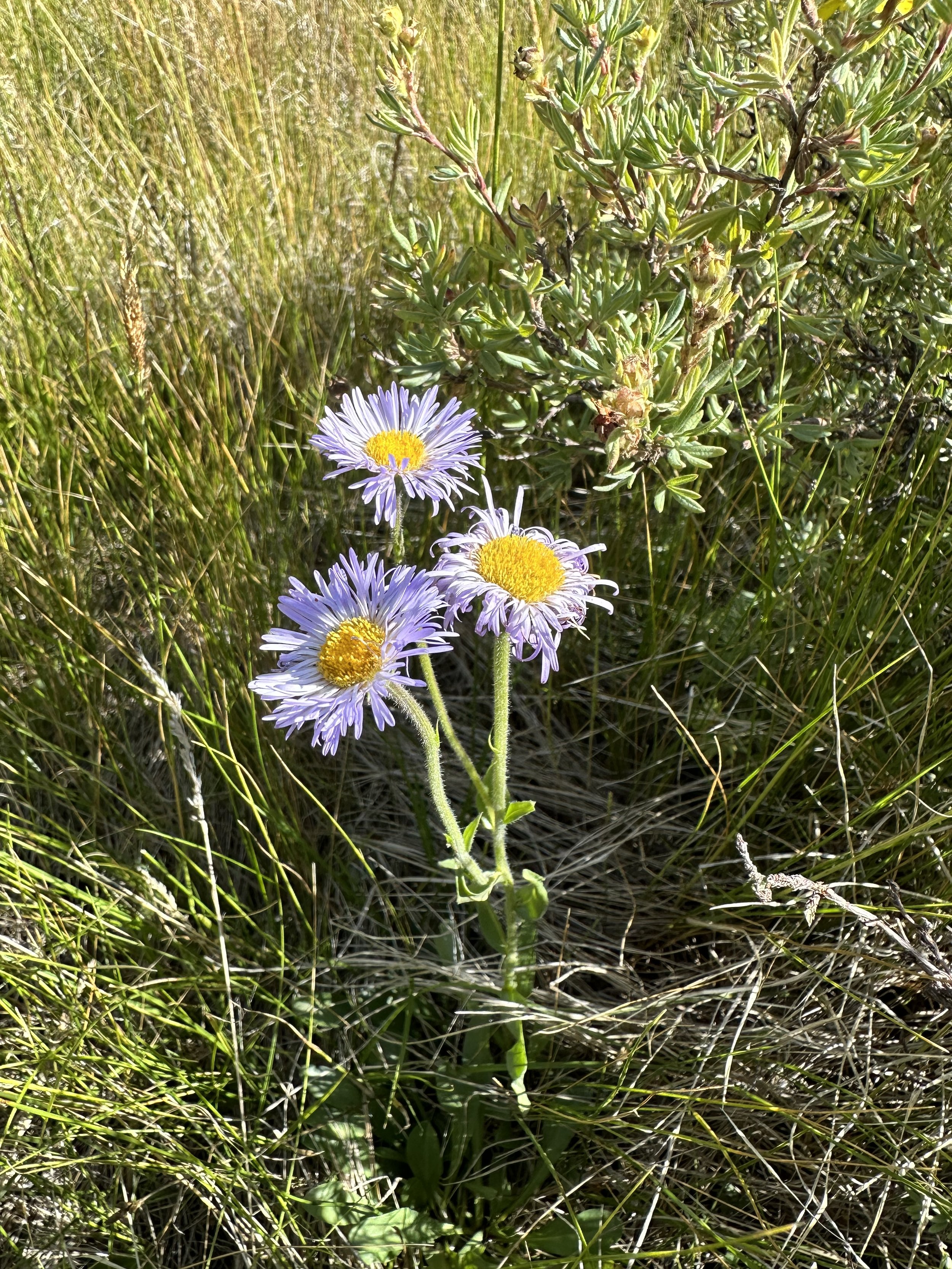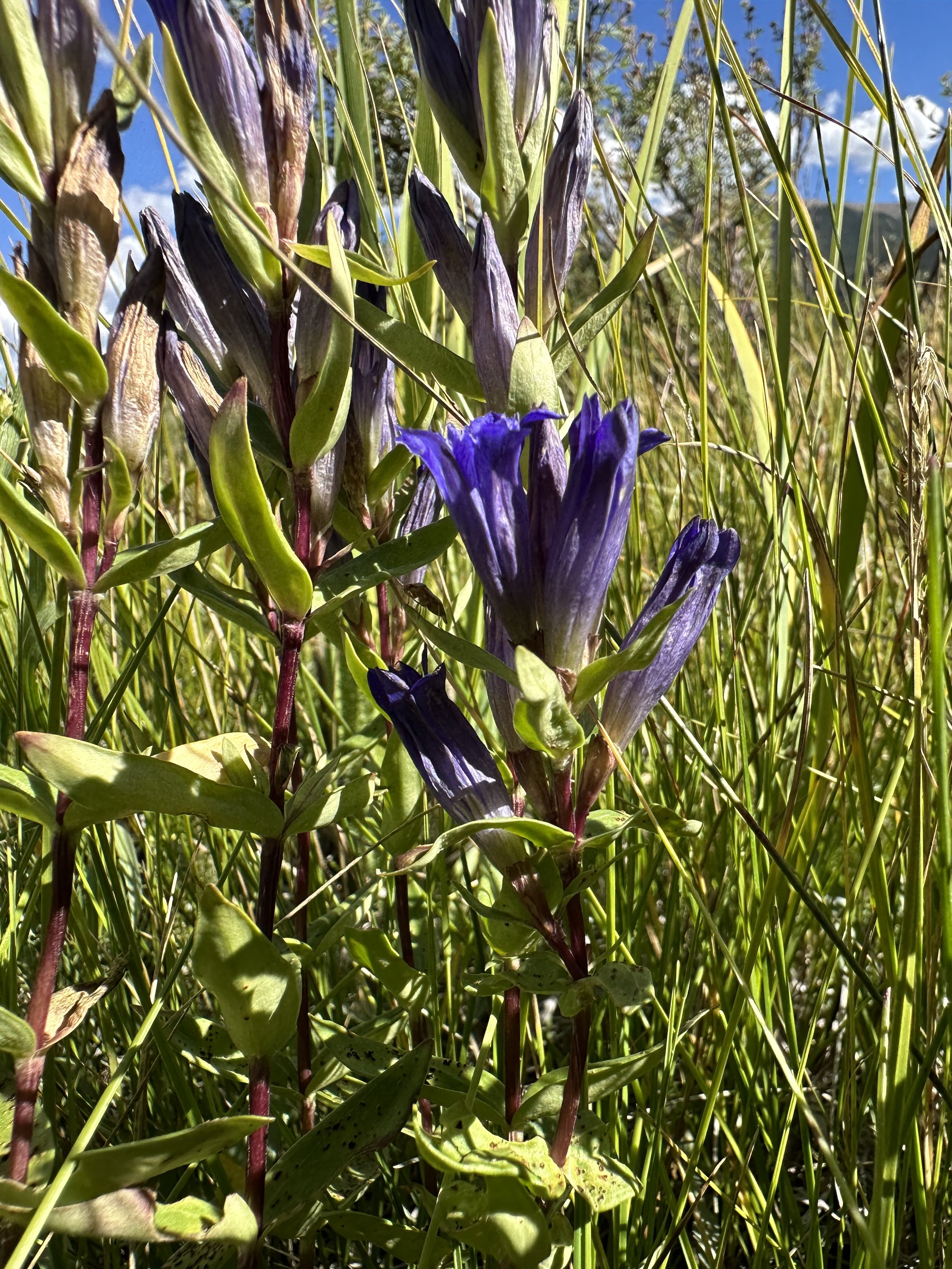Matricaria perforata, September 4, 2023
Common & scientific name
Scentless chamomile, Tripleurospermum inodorum
Family
Sunflower, Asteraceae
Location
Lower Lost Man TH, 10,500’
Fun, weird, helpful, or little known fact
The best thing that can be said about this non-native, non-odorous weed is that it pulls easier than any other.

























